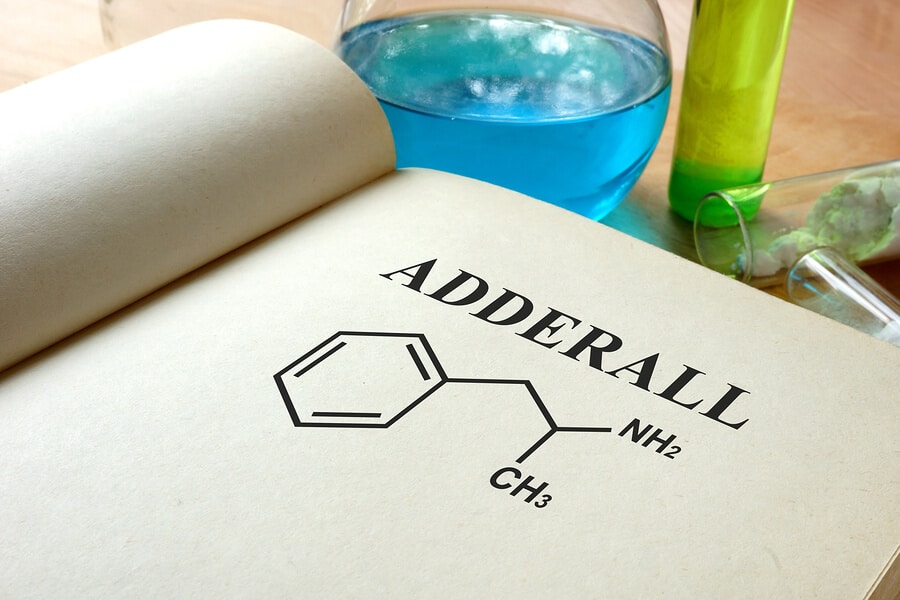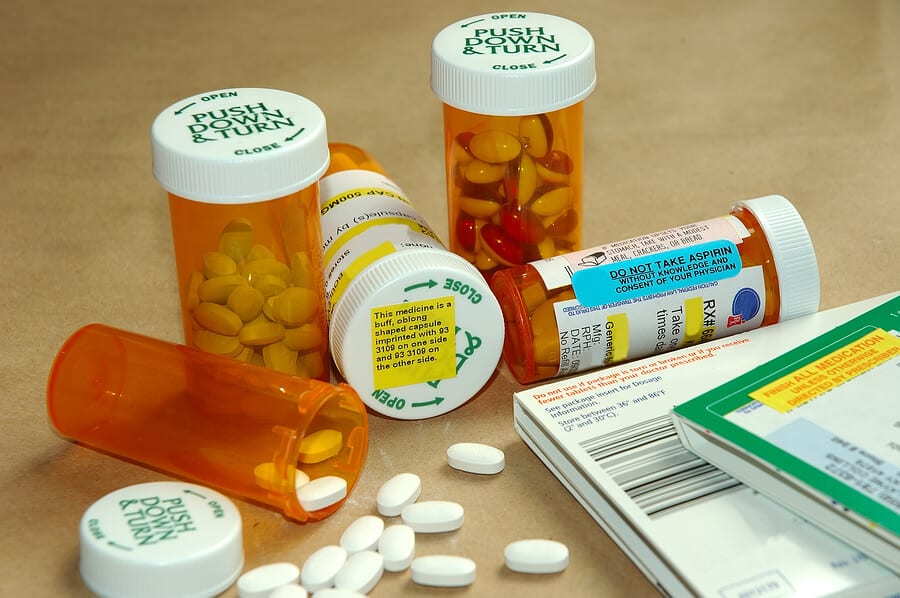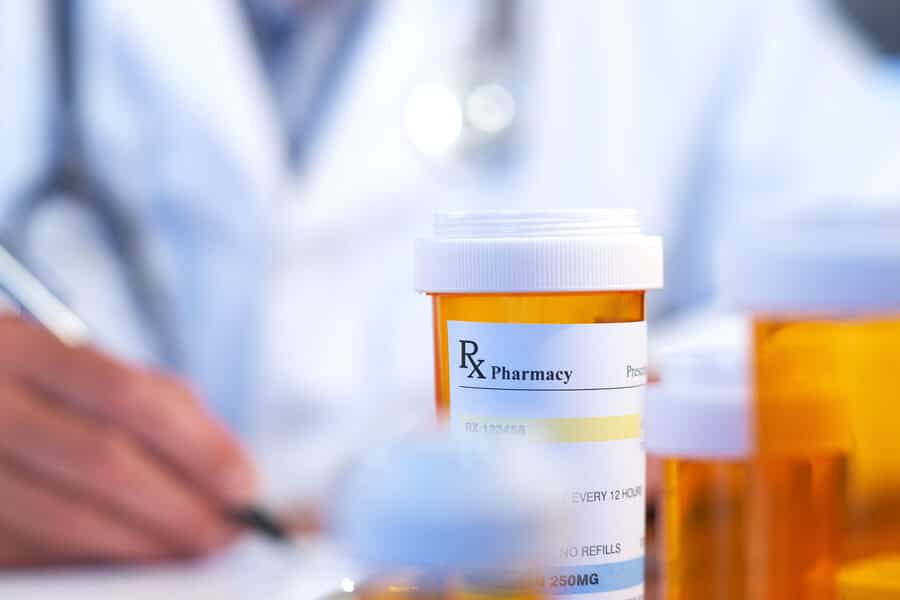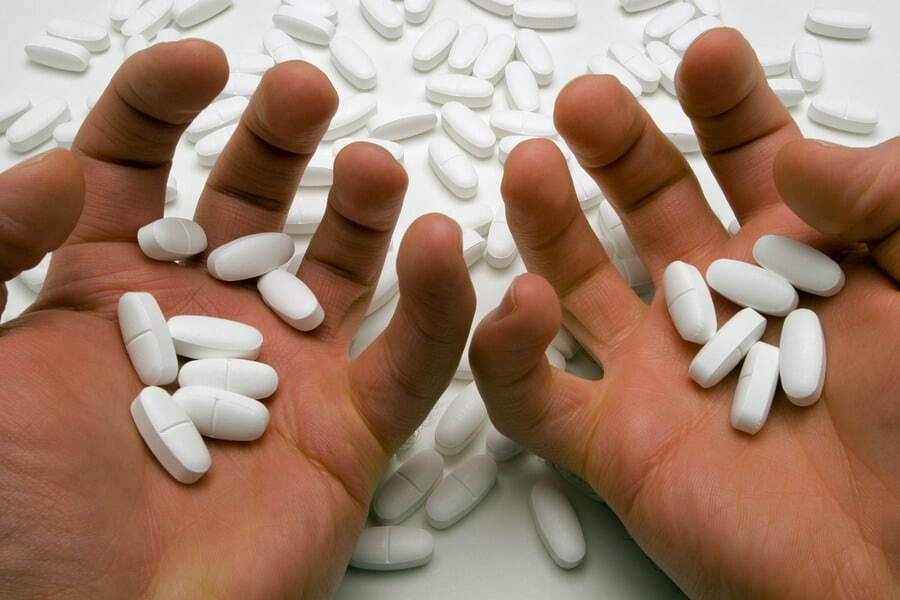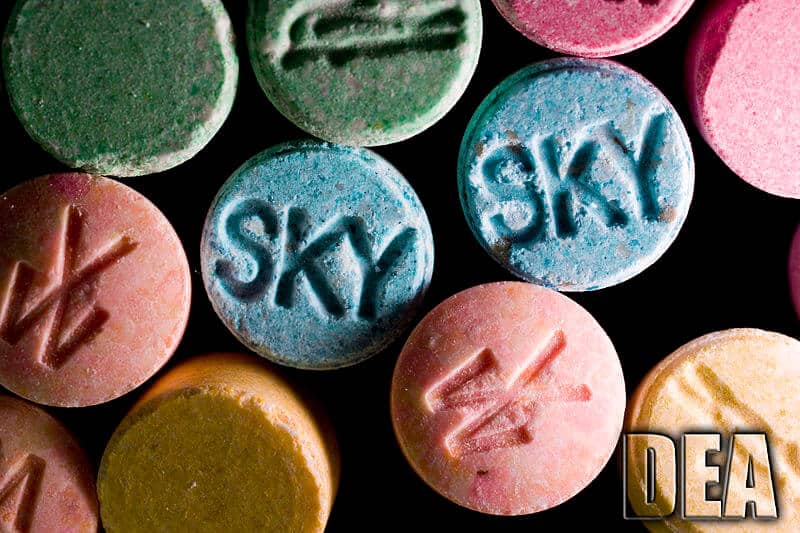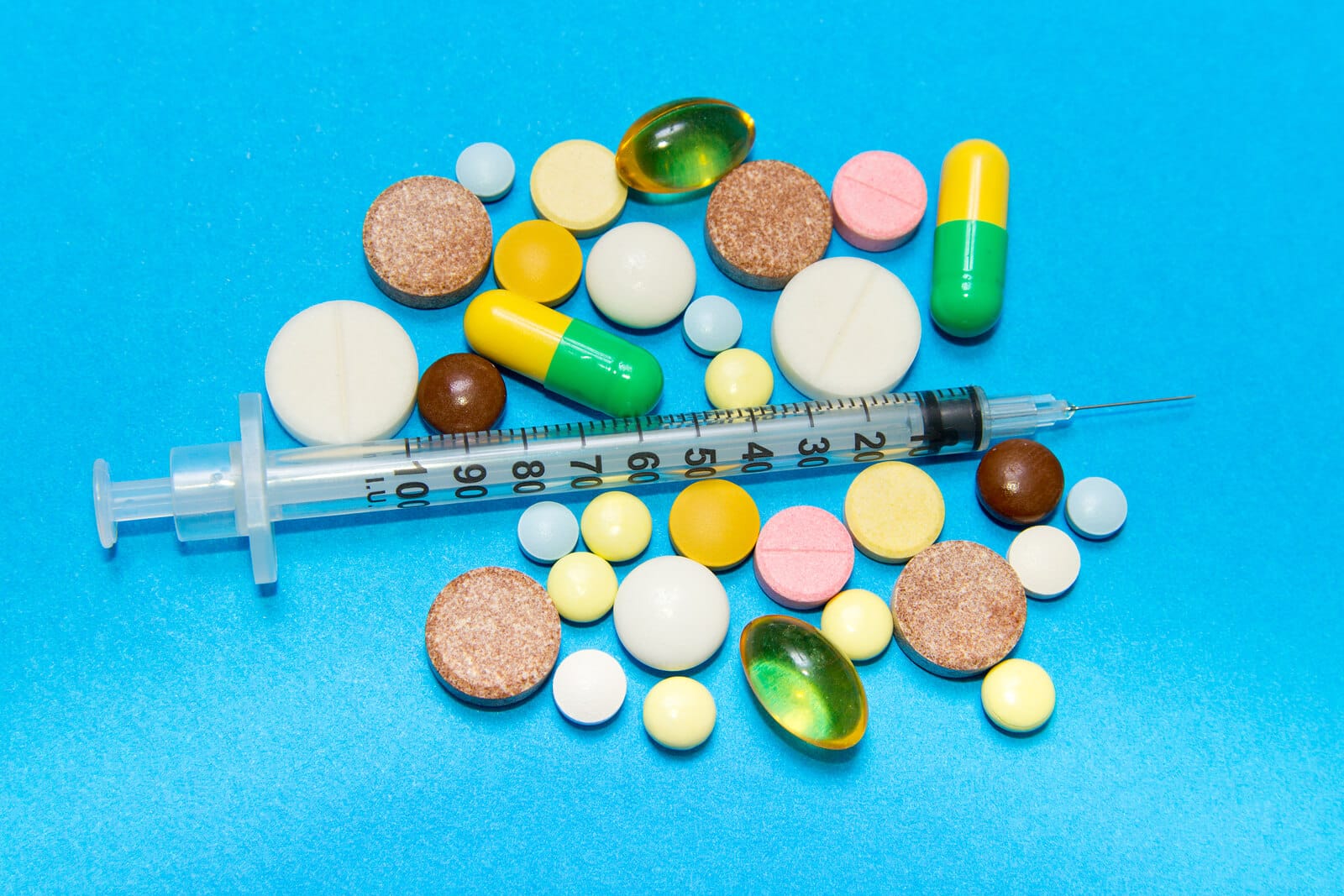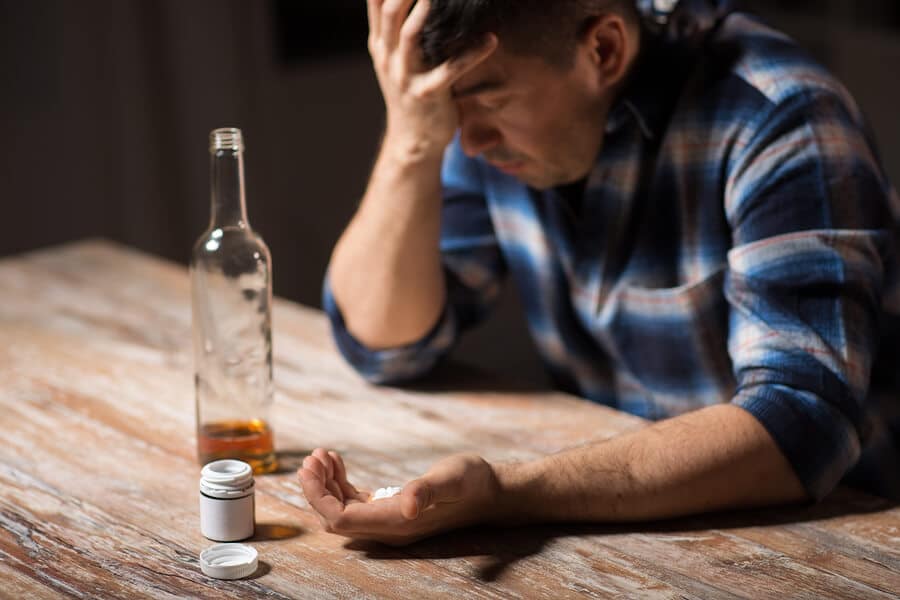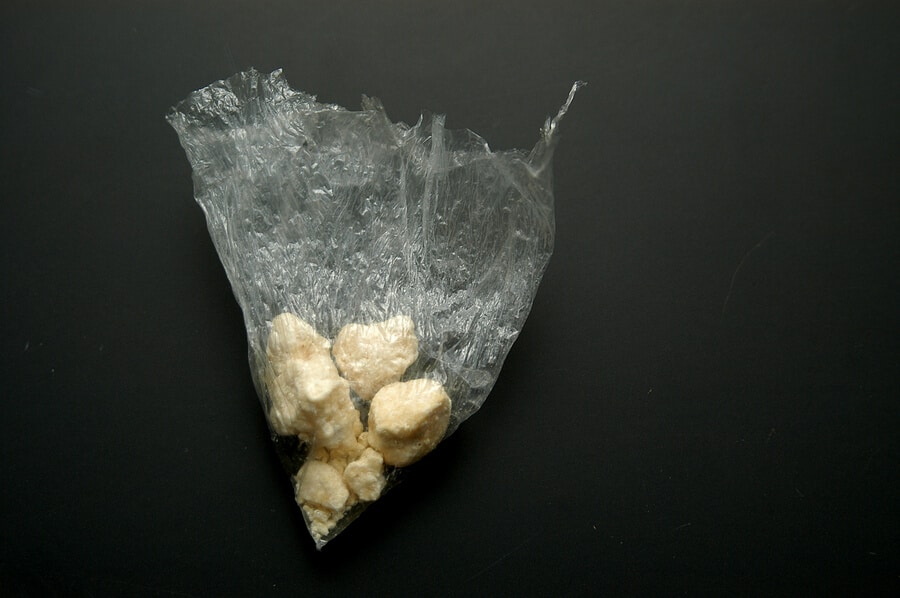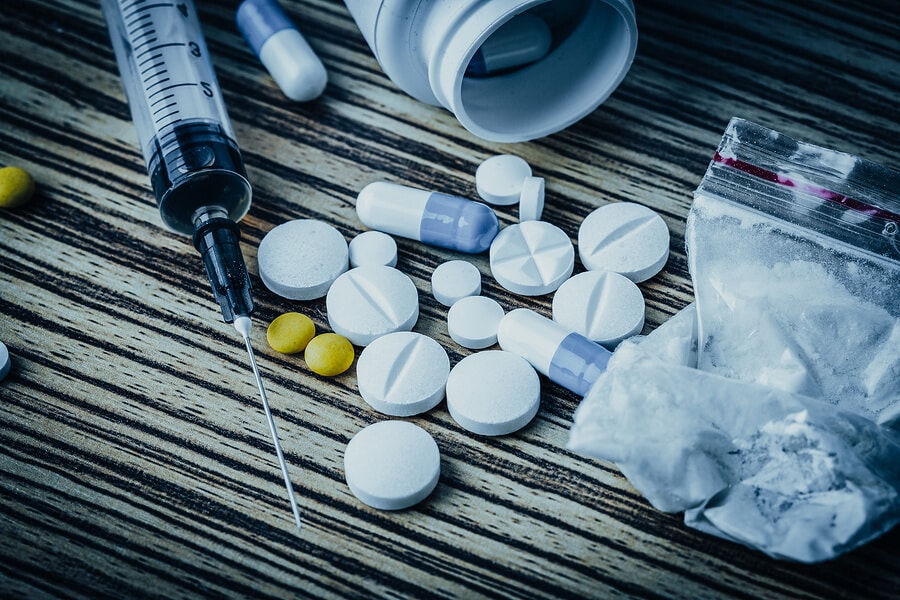
Just like food, medications and other substances that are consumed, drugs and alcohol must be processed and metabolized before they are cleared from the body. The effects of drugs may persist for hours, days or weeks, depending on several factors:
- The type of drug used
- The amount of the drug used
- The frequency of drug use
- The user’s general health
- The user’s metabolic rate
- Gender
- Height and weight
The digestive system, respiratory organs, liver, and kidneys are involved in the metabolism or elimination of many drugs. Drugs can be detected in the body by testing breath, blood, saliva, urine or hair.
Common Substances and The Body
1. Alcohol
When a person drinks, the liver metabolizes about 90% of the alcohol that is consumed. The remaining 10% is eliminated through the breath, blood, and urine. Alcohol is broken down at the rate of 0.015 of blood alcohol concentration (BAC) per hour. Moreover, if you drink enough to increase your blood alcohol concentration to 0.015, it will take one hour for the body to eliminate the alcohol.
BAC can fluctuate according to gender, weight, the amount of alcohol consumed, the person’s level of activity while drinking, and the presence of food in the system. As a general estimation, alcohol can remain in the system from one to 12 hours.
The most common methods used to screen for alcohol consumption are blood and breath tests. An alcohol breath test, commonly known as a “breathalyzer,” is a portable device used to estimate the concentration of alcohol in a person’s breath. When a person exhales into the mouthpiece of a breath analyzer, the machine measures the amount of ethanol, the active ingredient in an alcoholic drink, in the individual’s expired breath.
Breath analysis can be performed in workplace environments, in schools, or most often, in the field by law enforcement. A breath test may be conducted during a traffic stop if a police officer has reason to believe that a person has been driving while under the influence of alcohol. If the alcohol in a driver’s breath exceeds the legal limit, an arrest may occur, and the person may then be required to undergo a blood test to confirm the exact blood alcohol concentration (BAC).
2. Amphetamines
Amphetamines accelerate the central nervous system, producing feelings of energy and increased mental acuity. Amphetamines have a high potential for abuse and addiction. The effects of one dose of amphetamines may continue for only 2-4 hours, but the drug can be found in urine for up to 48 hours. Additionally, traces of amphetamines may be detected in hair for up to three months.
3. Barbiturates
Barbiturates hinder activity in the central nervous system. This class of drugs is prescribed to improve sleep, prevent seizures and reduce anxiety. Barbiturates may be used for recreational purposes to induce sedation and relaxation.
Long-acting barbiturates like phenobarbital can remain in the system for up to 140 hours, while short-acting barbiturates such as Seconal may stay in the system for up to 40 hours. Short-acting barbiturates may be found in the urine for up to five days, while long-acting barbiturates can be detectable for as long as three weeks.
4. Benzodiazepines
Benzodiazepines work on the central nervous system by influencing the brain’s response to the neurotransmitter GABA. These drugs are prescribed to manage anxiety, produce sedation, and prevent seizures. Benzodiazepines like Xanax and Valium are often abused for recreational purposes and have a high potential for addiction.
The length of time that a benzodiazepine remains in the body will depend on the potency of the drug, the dose, the user’s body weight, and the frequency of dosing. Drugs like Xanax or Valium can be found in urine for up to one week after the last dose, but in general, the average detection time for benzodiazepines is 2-5 days in the urine.

5. Cocaine
Cocaine is an extremely potent and addictive central nervous system stimulant that works on the brain to produce a rush of euphoria in addition to a surge of energy. Whether it’s snorted, smoked, or injected, cocaine affects the brain within minutes. About 15 minutes after use, blood levels of cocaine generally reach peak concentration, then begin to taper off after that.
Cocaine can be identified by blood tests around 12 hours after use. If a person uses cocaine on a routine basis, the byproducts of the drug may be found in the urine for up to two weeks after the last use. Hair analysis can reveal evidence of cocaine use for three months or longer after use.
6. Heroin
Heroin is a profoundly addictive narcotic derived from the opium poppy. The drug induces feelings of euphoria and sedation within a matter of seconds or minutes, depending on how it is administered. Intravenous injection provides the quickest rush, transporting the drug to the brain within seconds. Reaction times are longer when the drug is snorted or smoked.
The body eliminates heroin rapidly — within eight minutes. Depending on the person’s age, weight, amount used and frequency of use, heroin can be detected in urine for up to 48 hours.
7. Marijuana
Marijuana comes from the Cannabis plant, the active ingredient in which is a chemical called tetrahydrocannabinol, or THC. Marijuana can produce effects within 3-8 minutes of use, but THC remains in the system for much longer, even in casual users. Unlike fast-acting drugs such as heroin or cocaine, marijuana’s active ingredient is stored in the body and can be detected in the urine for up to one month or longer among chronic users.
THC is highly lipophilic, which means that it dissolves into fat tissues very easily. For this reason, the body stores THC in fat cells, which then release the chemical gradually into the bloodstream.
In casual users, byproducts of marijuana use can be found in urine for up to five days. In long-term users, cannabis use may be detected for up to 30 days. If marijuana is consumed orally in food, the detection window for urine testing may be extended.
8. Methamphetamine
Methamphetamine (meth) is a stimulant that works on the central nervous system, activating the release of the neurotransmitters dopamine, norepinephrine, and serotonin. Like cocaine, meth induces feelings of euphoria, heightened energy, and intensified focus, but the effects of meth typically last much longer.
The concentrations of meth byproducts peak in the system around 12 hours after use. Meth may be detected in urine for 2-4 days after use, and evidence of meth use may be found in hair after several months.

Treatment for Drug Addiction
If you have questions regarding how long drugs stay in your system or need help finding an addiction treatment program to help you reclaim control of your life, contact us as soon as possible.
Our comprehensive, evidence-based programs provide clients with the tools they need to achieve abstinence and sustain long-term wellness and sobriety. We employ addiction professionals who deliver these services to clients with care and expertise.
We are here to help you in any way we can. If you would like to get started on the path to a fulfilling drug- and alcohol-free life, call us today!
Related: Prescription Drug Addiction
